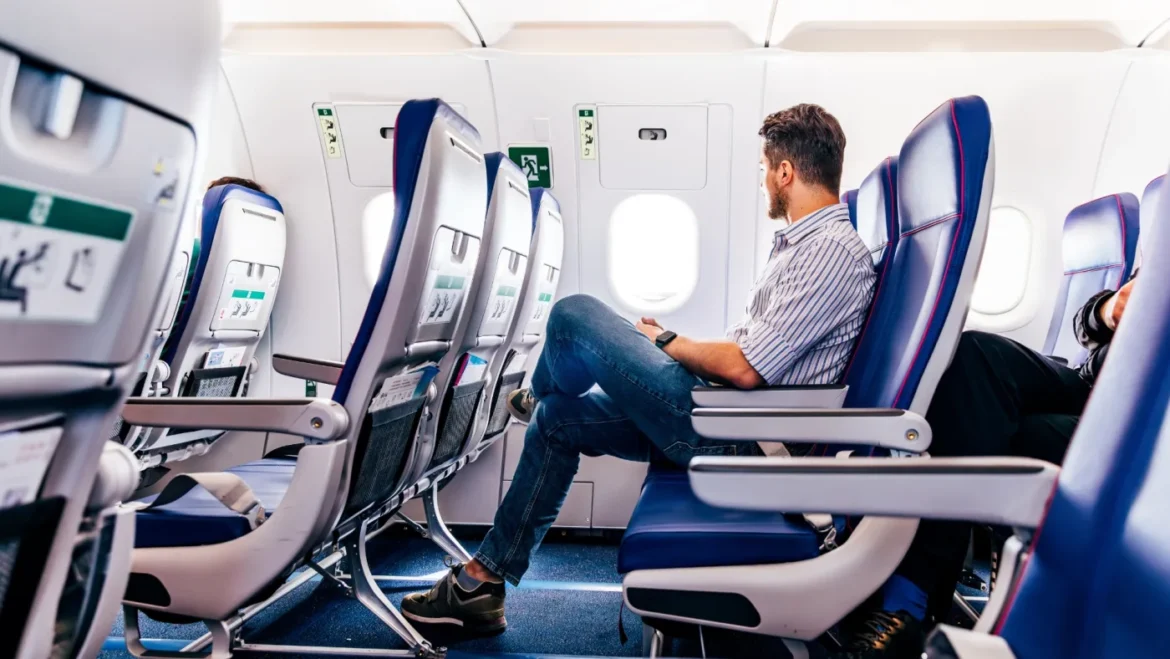The number of foreign tourists arriving in Costa Rica continues its downward trend. In February 2025, for the sixth consecutive month, the country recorded a decrease in air travel arrivals.
According to the latest data from the Costa Rican Tourism Institute (ICT), based on immigration movements, 270,810 tourists visited the country in February, a 7% drop compared to the same month in 2024.
Tourist numbers for February 2025 remain below the two previous record months: February 2020 (just before the pandemic-related border closures) and February 2024, according to ICT statistics.
The ICT measures tourism activity using air arrivals as the main indicator. This government agency plays a key role in shaping the country’s tourism policies and implementing strategies to attract foreign visitors while promoting sustainable tourism.
Decline in Arrivals from Major Tourism Markets
North America and Europe are the primary sources of tourists visiting Costa Rica. In February 2025, these markets recorded significant declines:
- United States: 150,320 tourists (-7.3% vs. February 2024)
- Canada: 37,975 visitors (-5.8%)
- Mexico: 6,351 arrivals (-12.4%)
The combined decline from these three countries represents a negative variation of 7.2% year-over-year.
Europe was also not spared, with a 11.4% decrease in February 2025 and double-digit declines in several countries:
- Germany: 8,498 visitors (-13.2%)
- France: 11,276 visitors (-12.2%)
- United Kingdom: 7,902 visitors (-11.5%)
- Spain: 3,367 visitors (-15.1%)
- Netherlands: 2,962 visitors (-12.5%)
Overall, Costa Rica received 7% fewer tourists in February 2025 compared to the previous year.
When considering the cumulative numbers for January and February, the decline reaches 4.3%, with 24,380 fewer visitors compared to 2024.
South America: The Exception
Only South America escaped this downward trend, showing notable increases in tourist arrivals in February 2025:
- Argentina: +27.4%
- Brazil: +15.2%
- Colombia: +8.6%
- Chile: +7.8%
- Peru: +7.2%
Fewer Airline Seats… and Other Possible Causes
Tourism Minister William Rodríguez acknowledged that the situation is concerning. He particularly pointed to the reduction in available airline seats on flights to Costa Rica.
During a press conference, he stated:
“There are reasons to be concerned, and we are actively working on this issue. We are implementing measures to recover these seats.”
According to data from the ministry, several airlines have reduced their capacity:
- American Airlines: -15%
- Delta: -17%
- Alaska Airlines: -41%
- Denver and Washington routes: Completely eliminated
- New York flights: -23%
In response, Progressive Liberal Party deputy Eli Feinzaig criticized the minister for his lack of responsiveness to the decline in tourist arrivals.
“The minister is finally admitting there is a problem and that the country is receiving fewer tourists. But since he can’t blame the Legislative Assembly, he’s shifting the blame onto the airlines.”
Feinzaig argued that this reasoning is flawed since airlines adjust their supply based on demand:
“Airlines sell the seats they can. If they can’t fill their planes, they cut capacity. That means there simply isn’t enough demand.”
The deputy pointed to two major causes behind the tourism decline:
- A more expensive Costa Rica, due to the appreciation of the colón against the U.S. dollar, making the country less attractive.
- A growing security crisis, damaging Costa Rica’s reputation as an ideal vacation destination.
A Wake-Up Call for the Tourism Industry
If this downward trend continues, tourism industry stakeholders may need to rethink their strategies to maintain Costa Rica’s appeal on the global stage.
“With the rising cost of the Costa Rican colón and overall price increases, many Canadians, like myself, have to rethink their travel budgets. Costa Rica is still a beautiful destination, but with the current exchange rate, some travelers are looking for more affordable options elsewhere.”
– Daniel Peterson, Edmonton, Alberta
Some tourism entrepreneurs argue that the situation requires broader reflection on Costa Rica’s competitiveness as a destination. To prevent this trend from continuing, it is imperative to reassess marketing strategies, adjust pricing, and enhance security measures to restore the full appeal of the country’s ‘Pura Vida’ charm for international travelers.
Will the government be able to reverse this trend?


